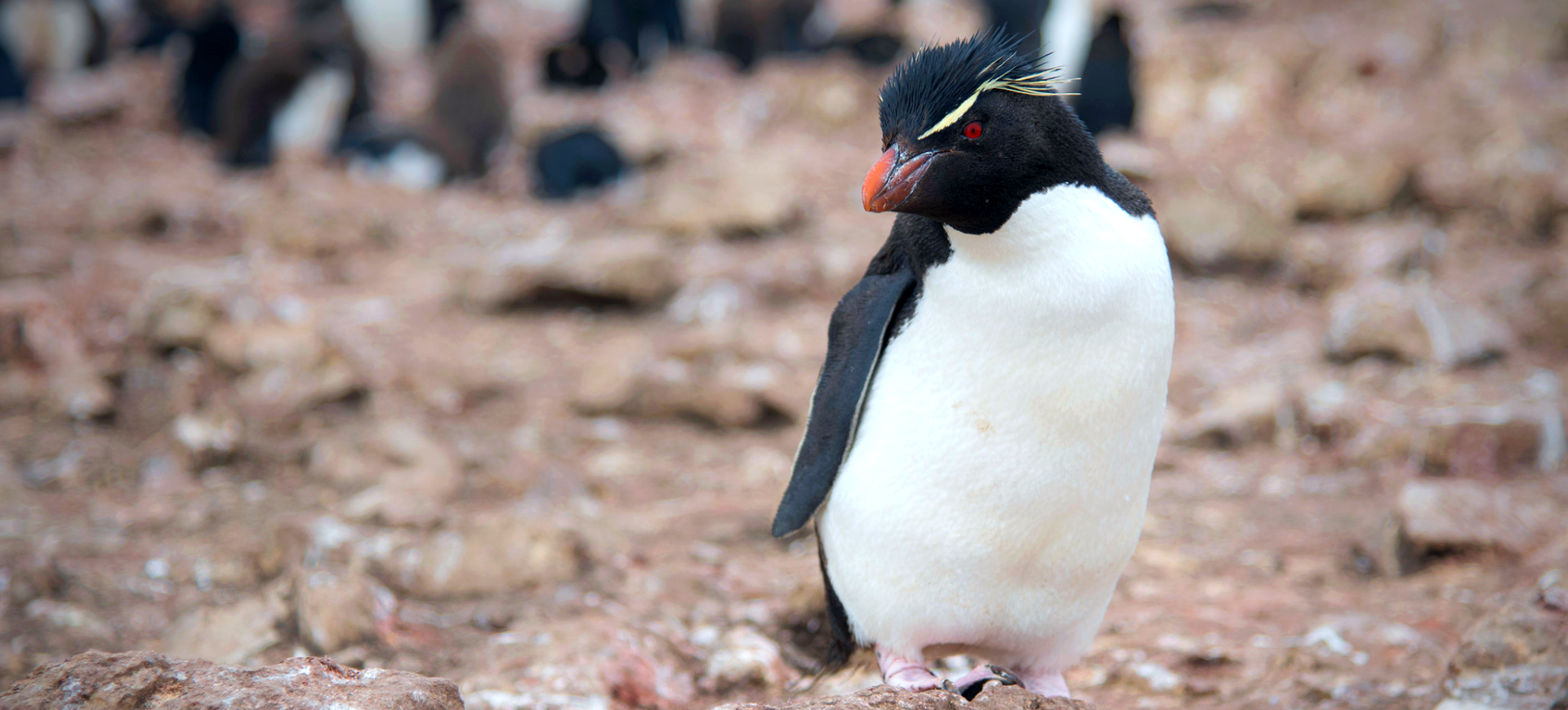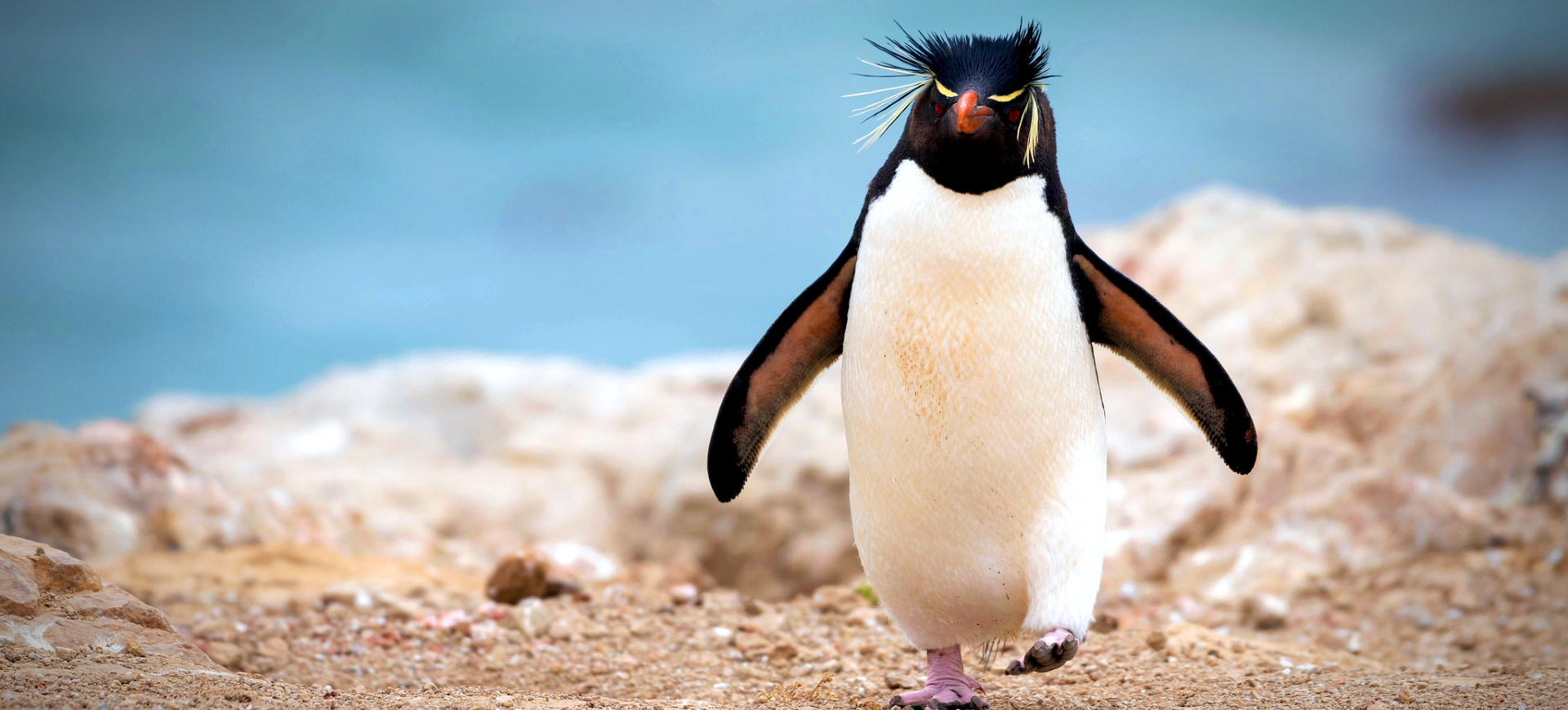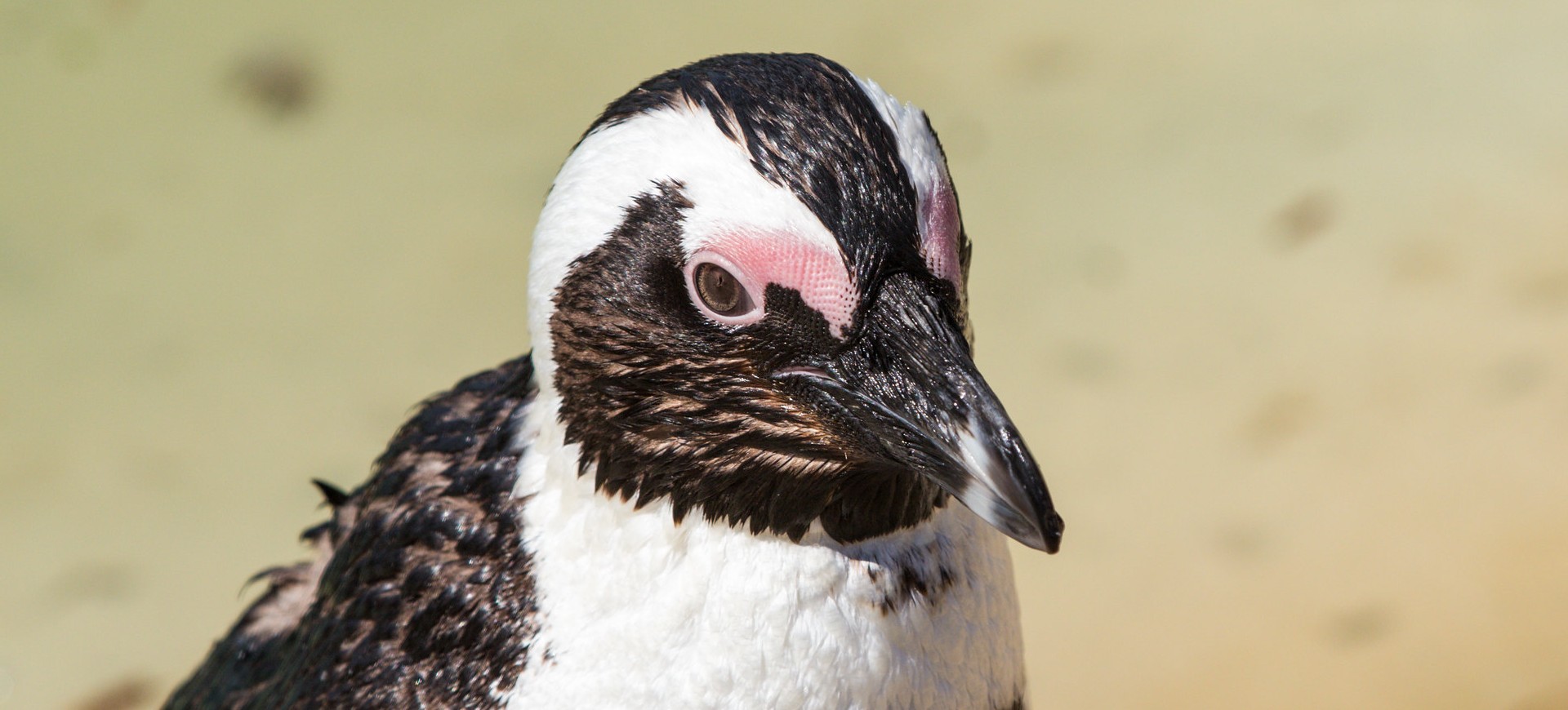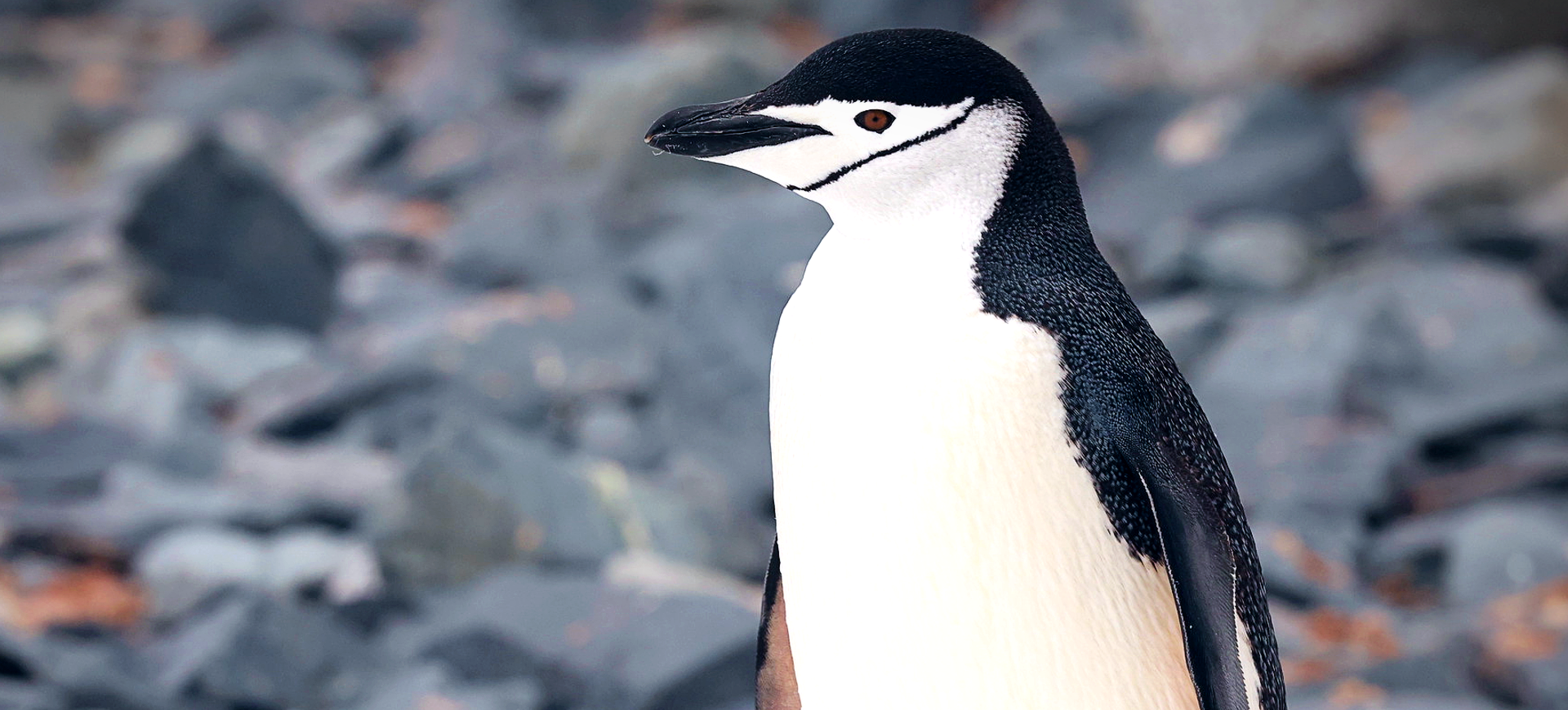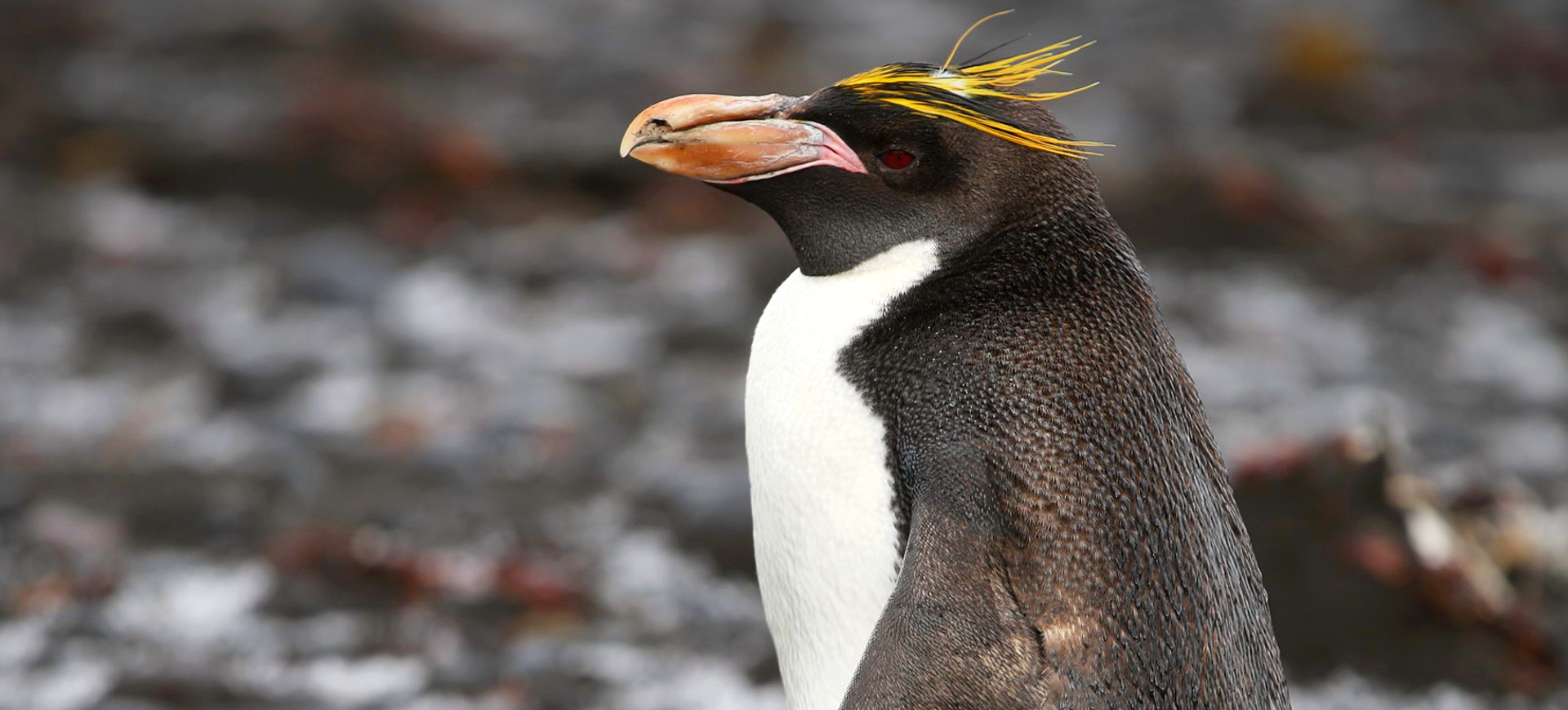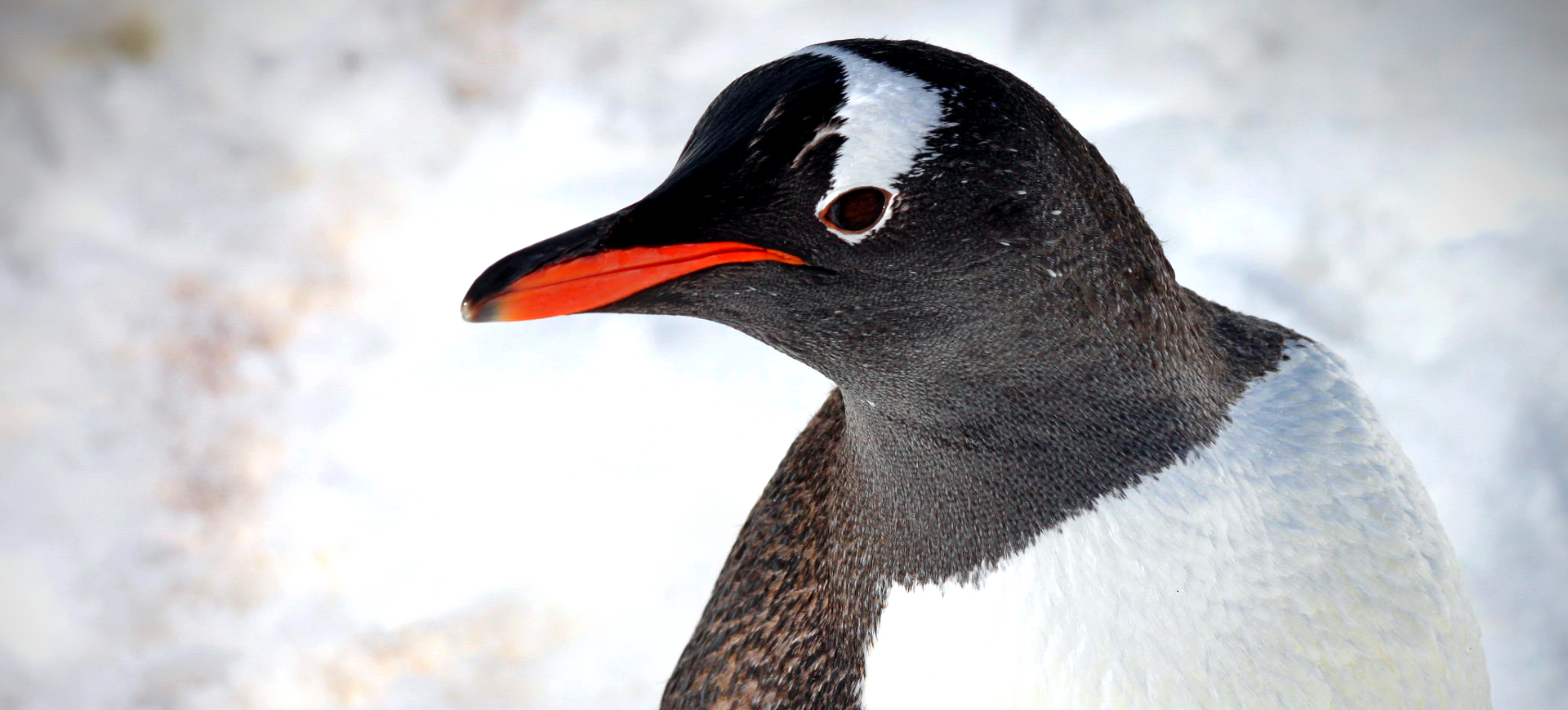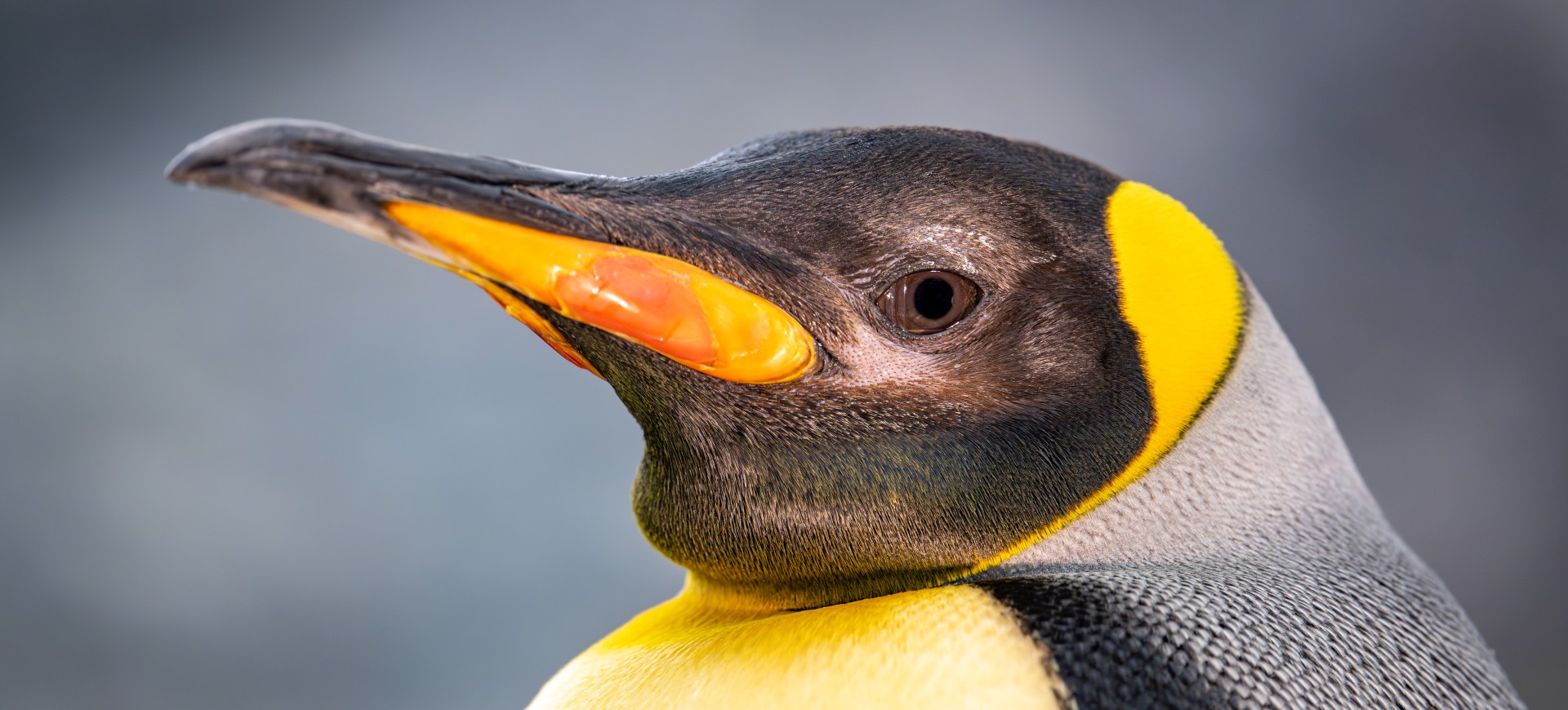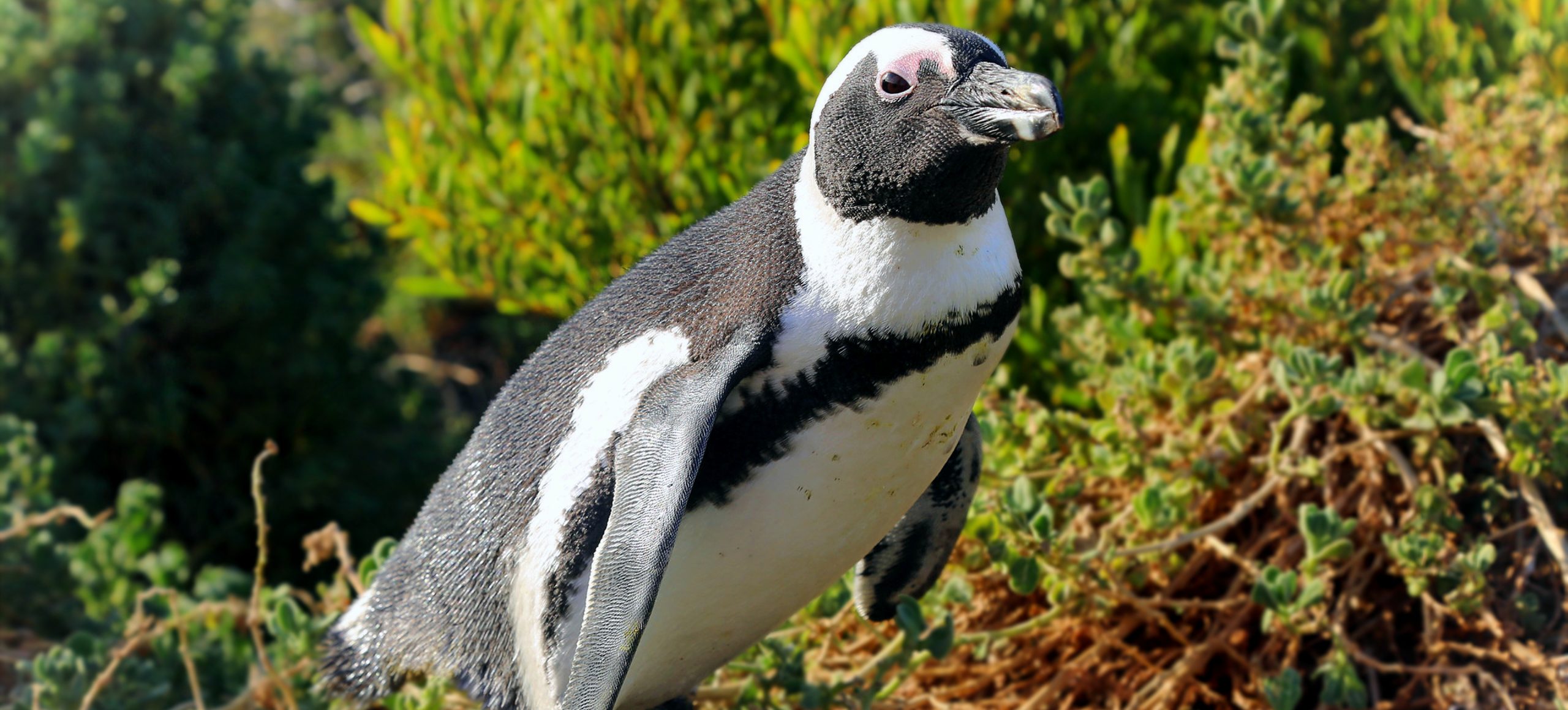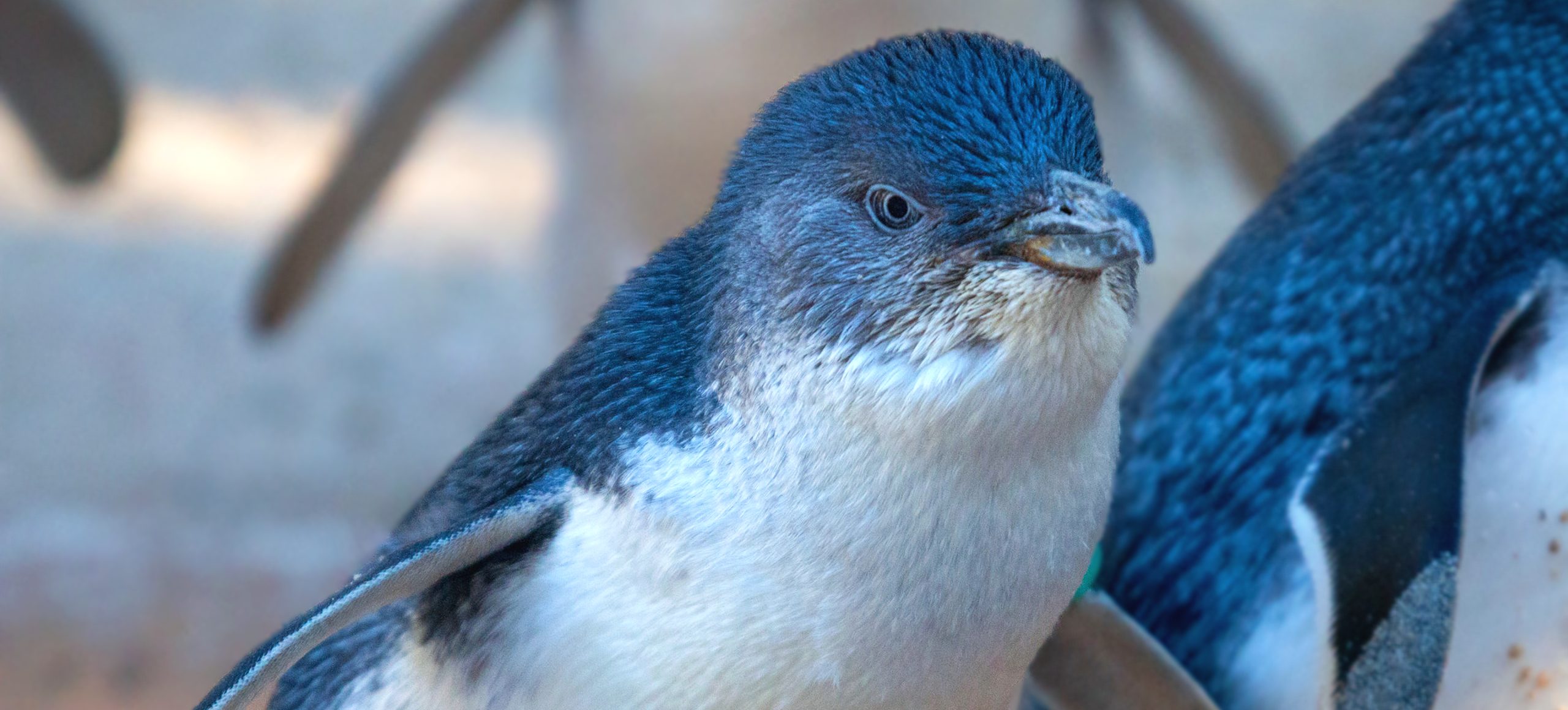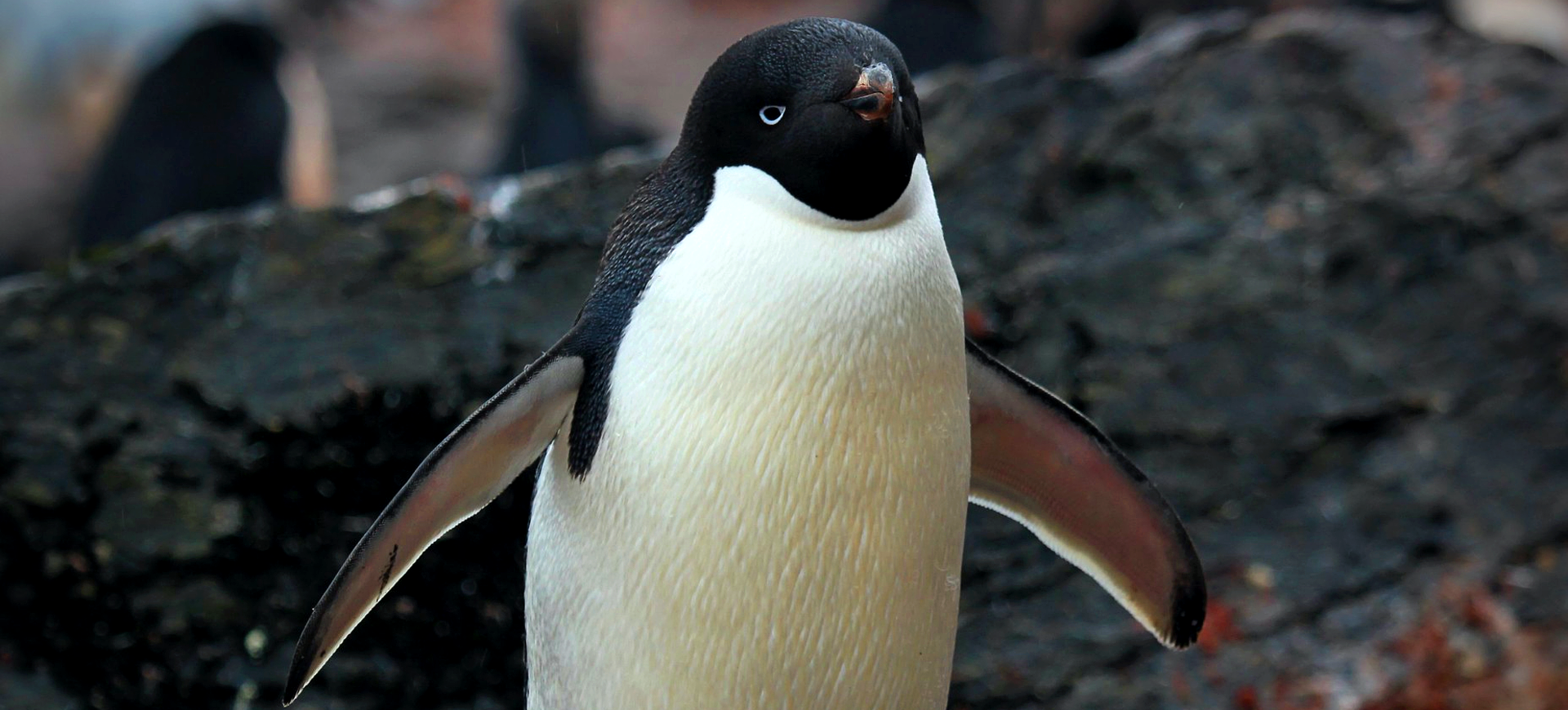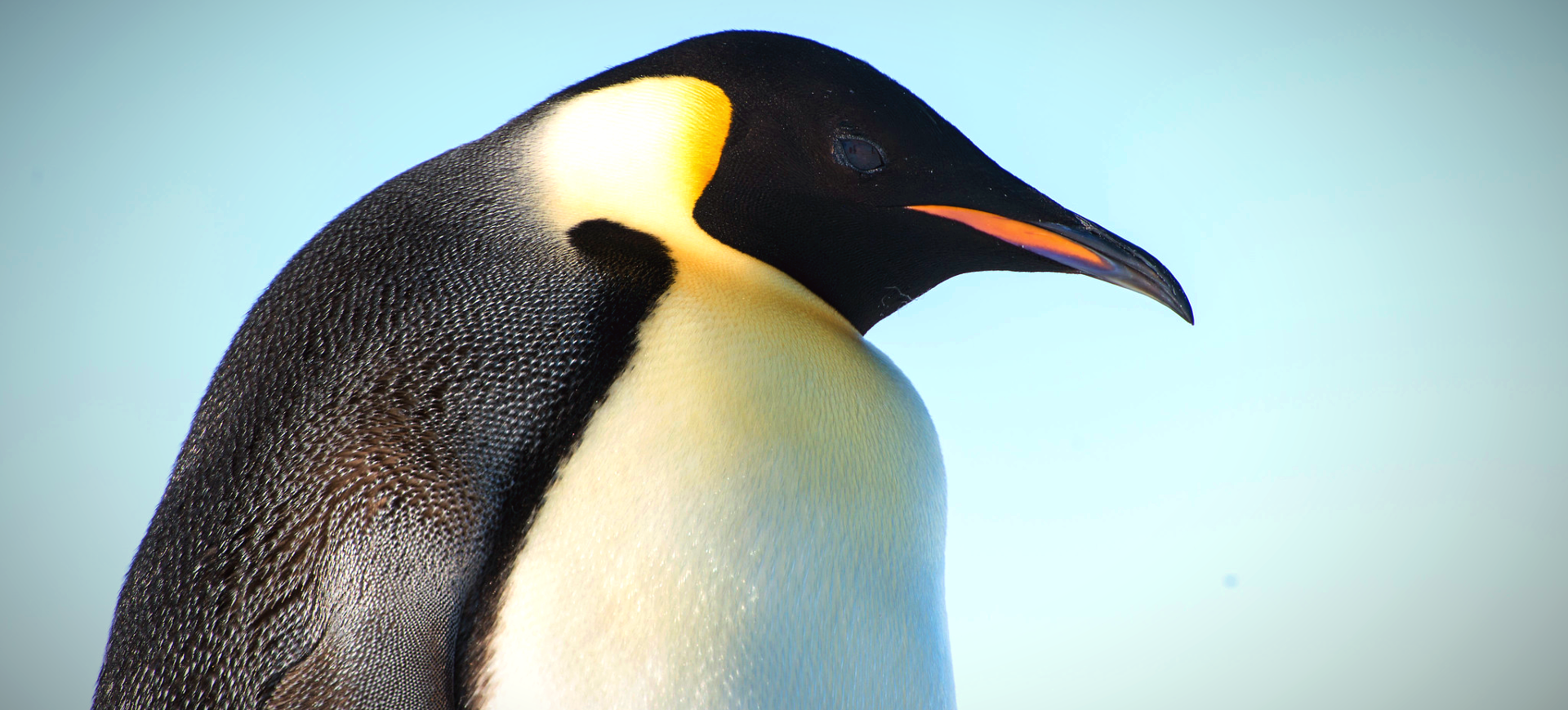Overview
The Magellanic Penguin is a medium-sized penguin species native to the southern coasts of South America. Named after the explorer Ferdinand Magellan, who first documented them in 1520, these penguins are easily recognizable by the black bands across their chests and heads. They are well-adapted to life in the water, with streamlined bodies and strong flippers that enable them to swim efficiently.
Primarily found in coastal areas, the Magellanic Penguin is a social animal that forms large breeding colonies. These colonies can consist of tens of thousands of individuals. The species is known for its loud, braying call, often likened to a donkey’s sound. This call is used for communication between individuals, especially during the breeding season.
Magellanic Penguins feed mainly on small fish and crustaceans, diving to depths of up to 150 feet to catch their prey. They are excellent swimmers and can cover large distances in search of food. While they are generally considered near-shore feeders, they are known to venture farther out to sea during the non-breeding season.
Taxonomy
Kingdom
Phylum
Class
Order
Family
Genus
Species
Type
Physical Description:
The Magellanic Penguin has a black back and white belly, with two distinctive black bands across its chest. The head is also black, with a white border from the eye to the chin. The species has strong, flipper-like wings adapted for swimming, and its beak is black with a slight downward curve, which aids in catching fish.
Adult Magellanic Penguins are similar in size and appearance, with males slightly larger and heavier than females. The average adult is about 24 to 30 inches tall and weighs 6 to 14 pounds. The species has a streamlined body shape well-suited for swimming and diving.

Lifespan: Wild: ~25 years || Captivity: ~30 years

Weight: Male: 9–14 lbs (4–6.4 kg) || Female: 6–11 lbs (2.7–5 kg)

Length: Male: 24–28 in (61–71 cm) || Female: 22–26 in (56–66 cm)

Height: Male: 28–30 in (71–76 cm) || Female: 24–28 in (61–71 cm)

Wingspan: 24–28 in (61–71 cm)

Top Speed: 15 mph (24 km/h)
Characteristic:
Native Habitat:
Magellanic Penguins are native to the southern coasts of South America, particularly Argentina and Chile. They prefer rocky or sandy beaches for nesting and are often found in areas with abundant marine life. The species is well-adapted to cold water and is most commonly found in temperate coastal regions.
The penguins form large breeding colonies along the coast, often near abundant food sources. These colonies can be found on both mainland coasts and offshore islands. The Magellanic Penguin’s range covers various coastal habitats from southern Brazil to Tierra del Fuego.
Climate Zones:
Biogeographical Realms:
Continents:
Diet:
Diet & Feeding Habits:
Magellanic Penguins feed on small fish, such as anchovies, sardines, and crustaceans, like squid and krill. They are excellent divers and can reach depths of up to 150 feet to catch their prey. The species has a specialized tongue and beak that help it grasp slippery fish while swimming at high speeds.
The penguins are most active during the day, venturing out to sea to forage for food. They often hunt in groups, using coordinated movements to corral schools of fish. Magellanic Penguins have a high metabolic rate and must consume a significant amount of food daily to sustain their energy levels.
Mating Behavior:
Mating Description:
Magellanic Penguins are monogamous and form long-term pair bonds. The breeding season begins in September and lasts until February when the penguins return to their natal colonies to mate and raise their young. Both parents take turns incubating the eggs and feeding the chicks once they hatch.
The female usually lays two eggs in a burrow or under bushes to protect them from predators. The eggs hatch after about 40 days, and both parents feed the chicks regurgitated food. The young penguins fledge at around two months old and can then venture out to sea to forage for themselves.
Reproduction Season:
Birth Type:
Pregnancy Duration:
Female Name:
Male Name:
Baby Name:
Social Structure Description:
Magellanic Penguins are social animals that form large breeding colonies during the mating season. Within these colonies, individual pairs establish and defend nesting territories. Both males and females participate in nest-building, incubation, and chick-rearing.
Outside the breeding season, Magellanic Penguins often forage in groups. They communicate through a variety of vocalizations and physical displays. While they are generally peaceful, conflicts can arise over nesting sites or mates. The relatively flexible social structure allows for temporary associations based on environmental conditions and food availability.
Groups:
Conservation Status:
Population Trend:
Due to declining populations, The Magellanic Penguin is classified as Near Threatened by the IUCN. The species faces several threats, including oil pollution, overfishing, and habitat destruction. Despite these challenges, the penguin still has a relatively large population, estimated at around 1.3 million breeding pairs.
Conservation efforts are focused on protecting the species’ natural habitat and mitigating the impact of human activities. Marine protected areas have been established to safeguard important feeding and breeding grounds. Ongoing research aims to better understand the species’ ecology and behavior, informing future conservation strategies.
Population Threats:
The primary threats to the Magellanic Penguin population are oil pollution and overfishing. Oil spills can have a devastating impact on penguin colonies, affecting both adults and chicks. Overfishing reduces food availability, forcing penguins to travel greater distances to find sustenance, increasing their energy expenditure and exposure to predators.
Climate change is another emerging threat, as it can lead to shifts in ocean currents and temperatures, affecting prey distribution. Additionally, habitat destruction due to human activities such as coastal development poses a risk to the species. These threats collectively contribute to the declining population and the species’ Near Threatened status.
Conservation Efforts:
Conservation efforts for the Magellanic Penguin are primarily focused on habitat protection and pollution control. Marine protected areas have been established to safeguard key feeding and breeding grounds. These areas are monitored to ensure that fishing and other human activities do not negatively impact the penguin population.
In addition to habitat protection, efforts are being made to reduce the impact of oil pollution through improved spill response and clean-up measures. Public awareness campaigns aim to educate people about protecting this species and its habitat. These combined efforts are crucial for the long-term survival of the Magellanic Penguin.
Additional Resources:
Fun Facts
- Magellanic Penguins can swim at speeds of up to 15 mph.
- They are named after the explorer Ferdinand Magellan, who first documented them in 1520.
- The species has a loud, braying call that is often likened to the sound of a donkey.
- Magellanic Penguins are excellent divers and can reach depths up to 150 feet.
- They form monogamous pairs that often last for several breeding seasons.
- The species is well-adapted to cold water and prefers temperate coastal regions.
- Magellanic Penguins have a high metabolic rate and require much food.
- They travel great distances for food, especially during the non-breeding season.
- The species is classified as Near Threatened due to declining populations.
- Magellanic Penguins have a lifespan of up to 30 years in the wild.





